Category: English Fairies
Goblin Market is a poem by Christina Georgina Rossetti (Born 5 December 1830 – Died 29 December 1894) and was first published in 1862 (having been written in 1859). Rossetti, who published children’s poems, claimed that the Goblin Market was aimed at children, however, also suggested that it was not, given the sexual imagery it contains.
MORNING and evening
Sedgley Beacon lies some 237 metres (777 feet) above sea level in the heart of the West Midlands. It is said that the top of Beacon Hill is the highest point between Sedgley and the Ural Mountains in Russia. Commanding views were once enjoyed right across the industrial Black Country and beyond to the Clee and Malvern hills and the mountains of Wales.
Andy Paciorek is one of Mysterious Britain & Irelands favourite contributors and his amazing artwork can be found illustrating articles throughout this site.
Robert Hunt in his ‘Popular Romances of the West of England; or, The Drolls, Traditions, and Superstitions of Old Cornwall’ (1865) gives an account of the lost child of Trefonick which was given to him thirty years earlier by an old woman of the parish.
Thought to be the site of monks hospital, Spittal Hill can be found at the end of Fox Hole Lane on the A52 and it has a repution of being the haunt of a shag-foal.
The Churchyard of St Helen’s in Barnoldby le Beck and the fields and surrounding the village have been said to be haunted by a Shag-Foal, a rough coated goblin horse, described as a cross between a black dog and a horse.
The Lantern Man is one version of the common Will o’ the Wisp or Jack o’ Lantern phenomena within Norfolk and the haunted fens. This supernatural belief has many variations throughout Britain.
Warton Crag is a large limestone hill with a few pieces of interesting folklore as described in Lancashire Folk-lore by Harland and Wilkinson 1867: “On the lower declivity of Warton Crag, in the parish of Warton (which abuts on Morecambe Bay and the Westmorland border), commanding a beautiful and extended prospect of the bay, a seat called ‘The Bride’s Chair’ was resorted to on the day
A widespread name for a fairy or supernatural creature, they were small in appearance and wore brown coloured clothing.
Like many mischievous spirits they were thought to be attached to houses or families and could be helpful in menial household tasks. If offended they became malignant and mischievous, creating poltergeist activity and generally making a nuisance of themselves.
The Boggart is most commonly found in the counties of Yorkshire and Lancashire, its name appears in places such as Boggart’s Clough and Boggart’s Hole in Lancashire. Boggarts were mischievous spirits responsible for mishaps and poltergeist activity within the home and in the countryside.

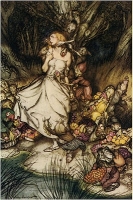
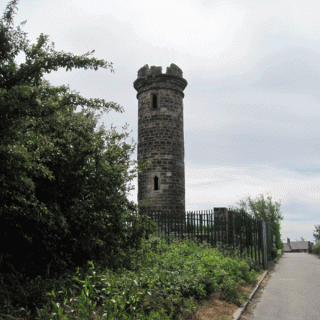
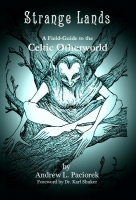
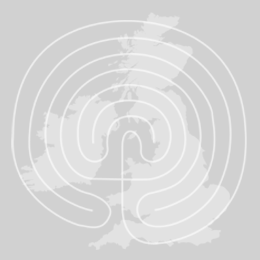
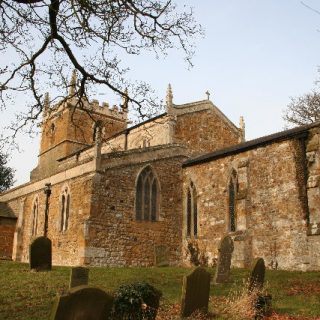
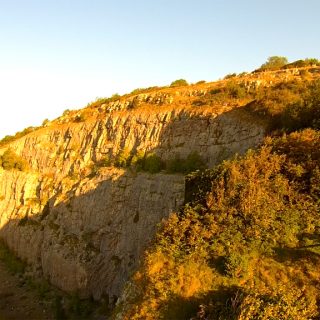
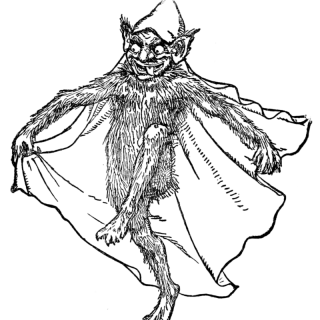
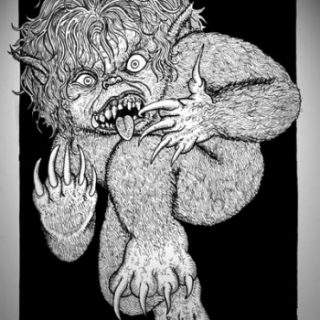
Recent Comments